In just a few years, non-fungible tokens could be part of museum exhibitions around the world—and make an appearance in every major art fair. In the near future, artists could use AI tools to create photorealistic animations, or they could use them to recreate the aesthetic of Dutch Master paintings. On the blockchain, breaking the rules and challenging the status quo can spark backlash, but it can also bring your work to new heights. And scarcity makes all the difference, so the ability to edit yourself is just as important as what you do behind the camera.
From predictions to advice, these are just a few of the countless insights we’ve gathered by tuning into Web3-centric podcasts and Twitter Spaces. Free and open to all, these audio channels are often the best places to find information, ask questions, build friendships, discover mentors, and navigate the (sometimes confusing) world of NFTs, cryptocurrency, and the budding metaverse. In this guide, we’ll introduce you to more than twenty creative resources to start your crypto art education.
Twitter Spaces
Twitter Spaces, which essentially function as live, interactive podcasts, play host to some of the most interesting discussions on photography in Web3—and often serve as a point of entry into the larger artistic community. If you miss the live event, you can usually access recordings for up to 30 days.
One place to start is with the online marketplace Picture This (@PictureThis_Art), which runs weekly NFT photography highlights on Tuesdays, co-hosted by the photographer and collector Judy Lindsay. Hear from artists who’ve already found success in the space, about connecting with collectors, setting realistic expectations, and understanding—and offsetting—the carbon emissions associated with interacting with the blockchain.
Elsewhere, NFT Now (@nftnow) hosts the 1:1 show, a weekly conversation covering photography trends, success stories, and the creative process. NFTPhotographers.xyz (@NFTPhotograph), meanwhile, has released everything from AMAs with leading artists in the crypto space to an in-depth discussion on the emerging role of artificial intelligence (AI) and machine learning in photography.
DeeZe (@DeezeFi), has been featuring NFT artists on Twitter Spaces since the beginning, with many of those early episodes archived on Spotify. As an OG of the genre, he’s talked with some of the most established photographers in the community, with highlights including a discussion on how photography first broke into the NFT space and a conversation on trespassing and “illegal photography.”
The prominent collector Farokh (@farokh), who is also the founder of the decentralized platform Rug Radio, has a daily show called GM NFTs, which covers NFT market news, events, and happenings across the Twittersphere. A recent episode included a roundtable discussion on the future of photography (starting at around 30:00), including how curation will reshape the market, the difference between collectors and investors, and the value of 1:1 photographs on the blockchain.
The most valuable thing you can do as a photographer entering the space is set up an account, follow artists you admire, and keep an eye out for Spaces they host or tune into. The artist and interior designer Zoe Osborne (@thezoekid1), who has a collection launching on Vault by 500px, has been part of or shared Spaces covering a variety of topics, from the importance of utility in NFTs to the wider landscape of digital art in 2022.
Women in NFTs (@womeninnfts) hosts their own Spaces and regularly shares/retweets conversations hosted by influential women and non-binary NFT artists and builders. The photographer Pam Lau (@pamlau) recently hopped on their Space to introduce the world to her first collection on Vault by 500px.
Individual photographers who regularly host Spaces include Rachel Wood (@0xWanderbitch), who talks about everything from making money as an artist to protecting yourself in the decentralized web; Lori Grace Bailey (@lorigraceaz), who’s been instrumental in elevating women and marginalized voices in Web3; and Matt Doogue (@MattDoogue), who’s done AMAs, a mental health special, and more. Following along and seeing where they’re speaking and what they’re sharing is a great way to discover more photographers in the space.
The photographer Lil Mahnaji (@lilmahnaji) hosts a show called The Hot Seat, where artists in the NFT community share tips, insights, and stories gathered along the way. Meanwhile, Tom Morris (@colourwrks) opens the floor for photographers to share their work and talks about what it takes to have longevity in the space, and James Piper (@JAMESPIPERPHOTO) regularly speaks in photography-centric Spaces, discussing the ins and outs of marketing and overcoming personal challenges.
Podcasts
Included in our previous roundup of podcasts, the B&H Photography Podcast covers photography in general, not just in Web3. But their episode on NFTs provides an easy-to-understand overview of the basics of digital assets, including smart contracts and the wider implications of the blockchain on copyright. The 500px team also recommends Web 3 and NFTs for Newbies and The Mint Condition, two shows covering NFT trends, top projects, investments, and more.
Meanwhile, PROOF, an NFT podcast hosted by the entrepreneur Kevin Rose, covers all corners of the space, with his Artist Spotlight episodes among the most popular. He gives a platform to emerging voices in the space, breaks down the history of generative projects like Art Blocks, and gives an in-depth look at the projects that put photography on the NFT map, such as Justin Aversano’s Twin Flames collection.
For a weekly primer on what’s going on in the space, another resource is the NFT Photography Podcast, featuring interviews with artists, collectors, and investors. From best practices for newcomers to the building blocks of a sold-out collection, this show provides actionable tips based on real-world experience.
NorCal Guy, a well-known NFT art collector also hosts a popular podcast called NorCal and Shill, with episodes highlighting creative work emerging in the ecosystem. To start, check out a recent episode with the photographer Julie Pacino, where they talk about the creative process, the power of the female gaze, the best advice she’s been given, and the importance of doing your research and not giving into FOMO (fear of missing out).
Another highlight is a conversation with the photographer Kristopher Shinn, who shares words of wisdom for interacting with NFT collectors and avoiding common mistakes. Shinn also shares another invaluable resource for newcomers: NFTs: Beginner’s Guide for Creatives, a comprehensive guide created by the photographer Sukrit Srisakulchawla (@sukrits25).
The team at NFT Now also has a dedicated podcast. As part of a recent episode, they spoke with Diana Sinclair, the creative behind the Digital Diaspora exhibition—a yearly celebration of Black artists in Web3—about fostering diversity and equity in the space. A few months ago, they also sat down with Isaac “Drift” Wright (aka Drifter Shoots), the urban explorer who helped pioneer photography NFTs, about using his art to cope with PTSD.
The Atlanta-based independent press, Fall Line Press, has its own podcast, Documentum, where publisher Bill Boling interviews thought leaders in the space. His conversation with Kris Graves, for instance, paints a vivid picture of the future of photography in the age of Web3, where physical NFT galleries can be found everywhere, photobooks exist digitally, and augmented reality is a part of our everyday experiences.
With our understanding of the art metaverse and the vast implications of NFTs evolving every day, staying up-to-date can feel like a challenge, but there are resources and communities available to help make the process feel more accessible. This guide simply offers a point of departure; add to it as you explore Twitter and connect with more people who share your vision for photography on the decentralized web.
Explore VAULT now. An NFT marketplace for creators, collectors, and art lovers.

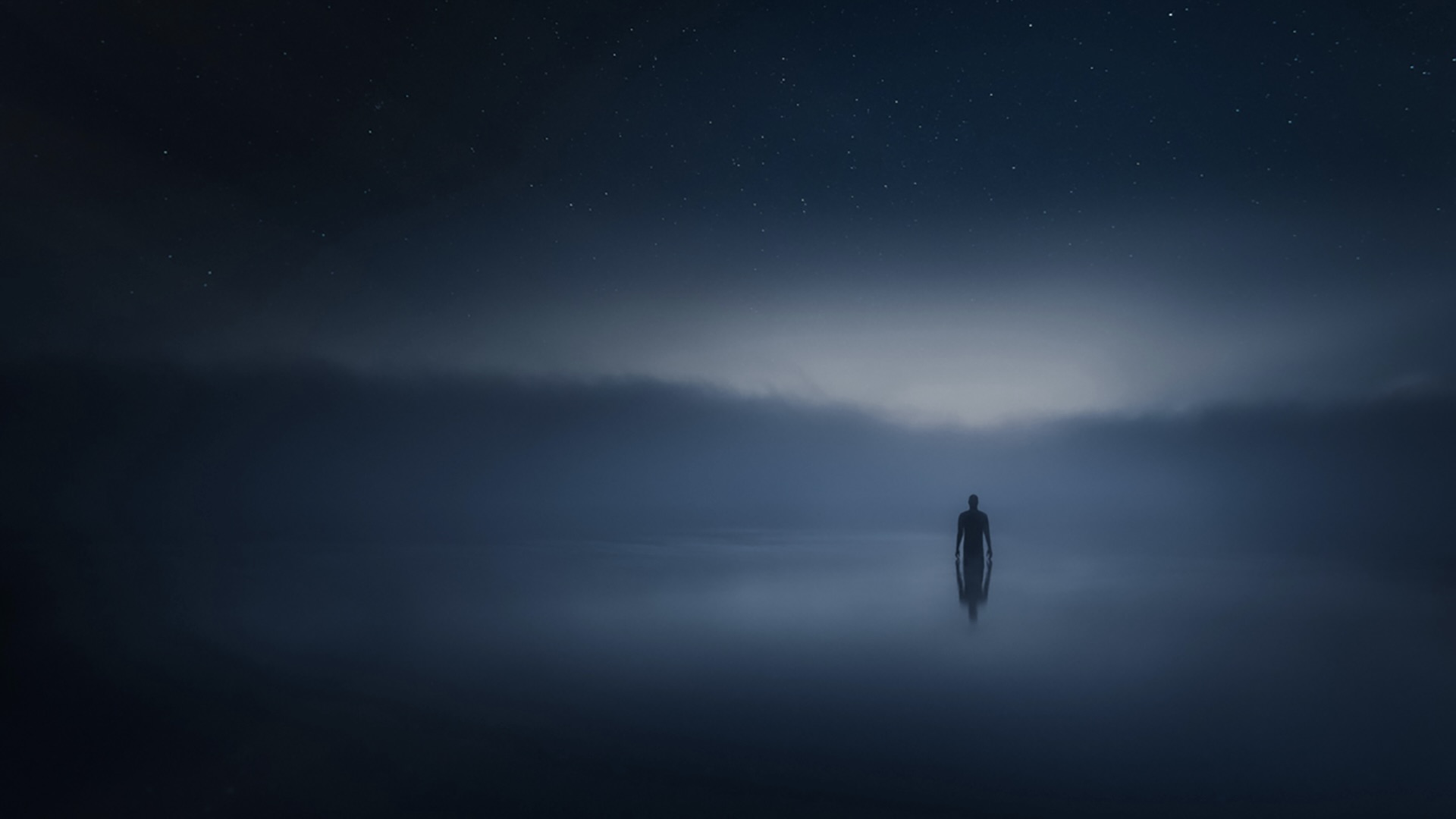
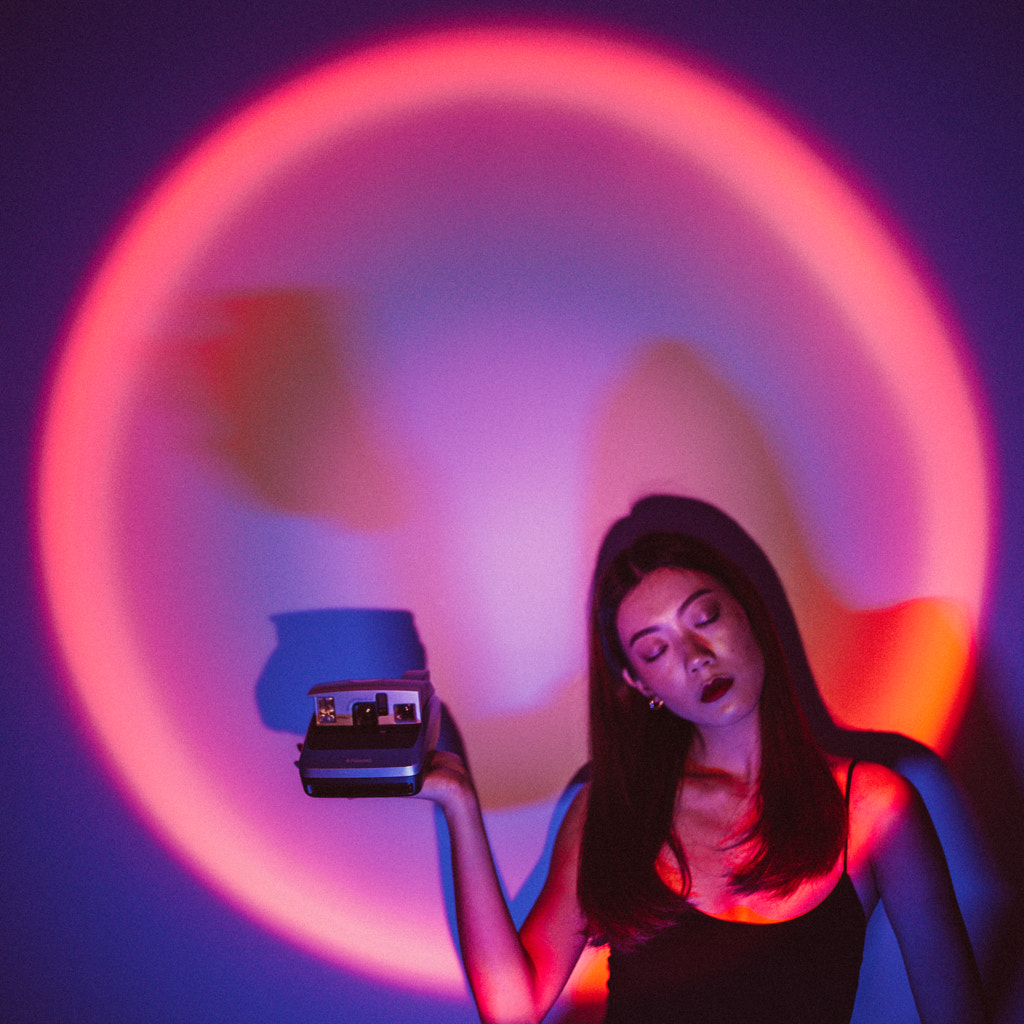

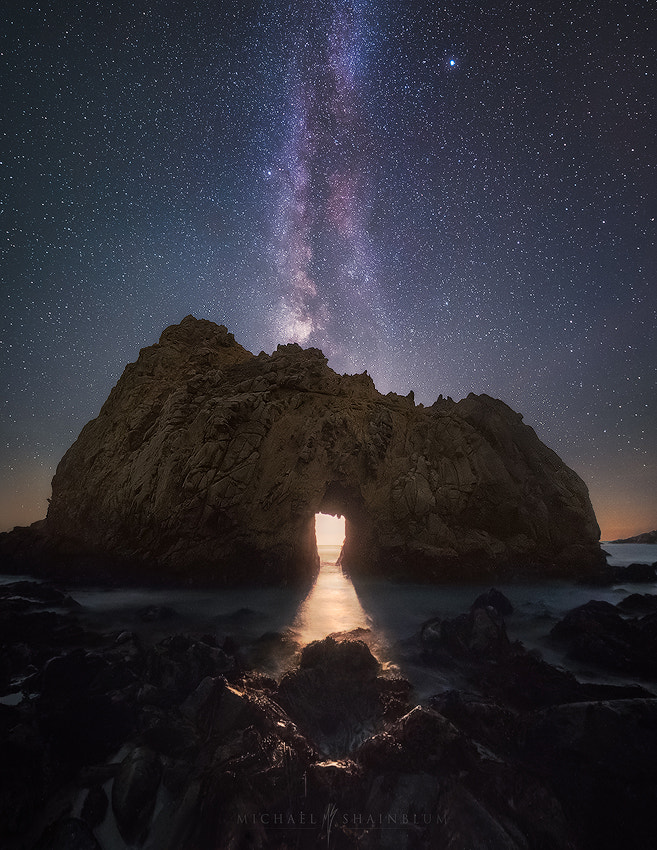
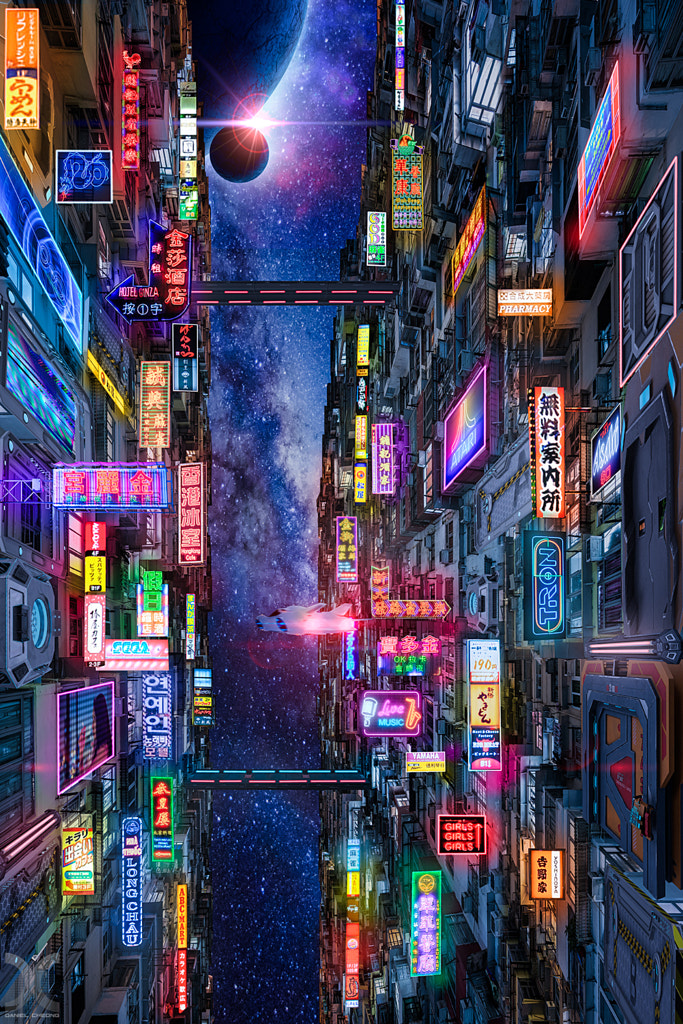
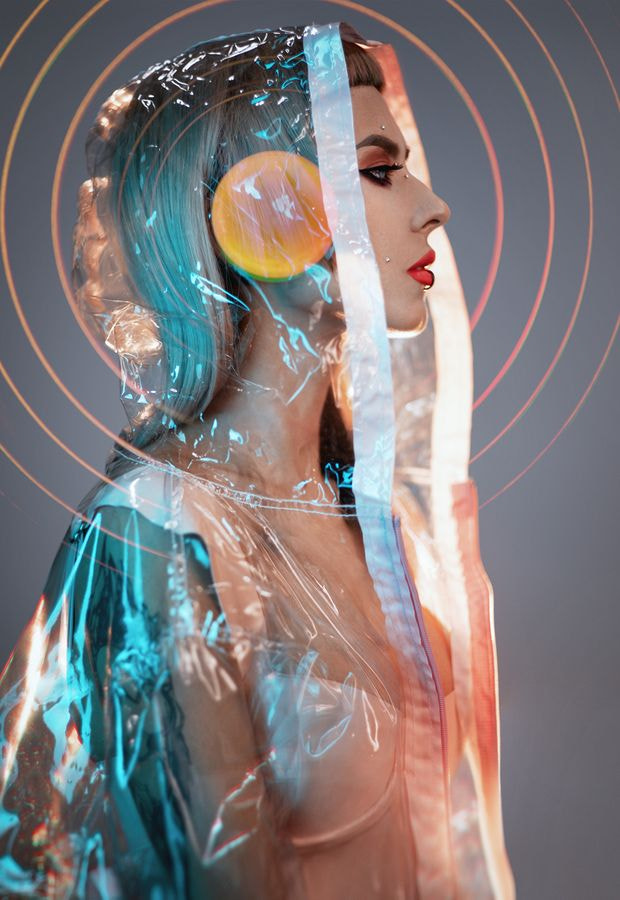
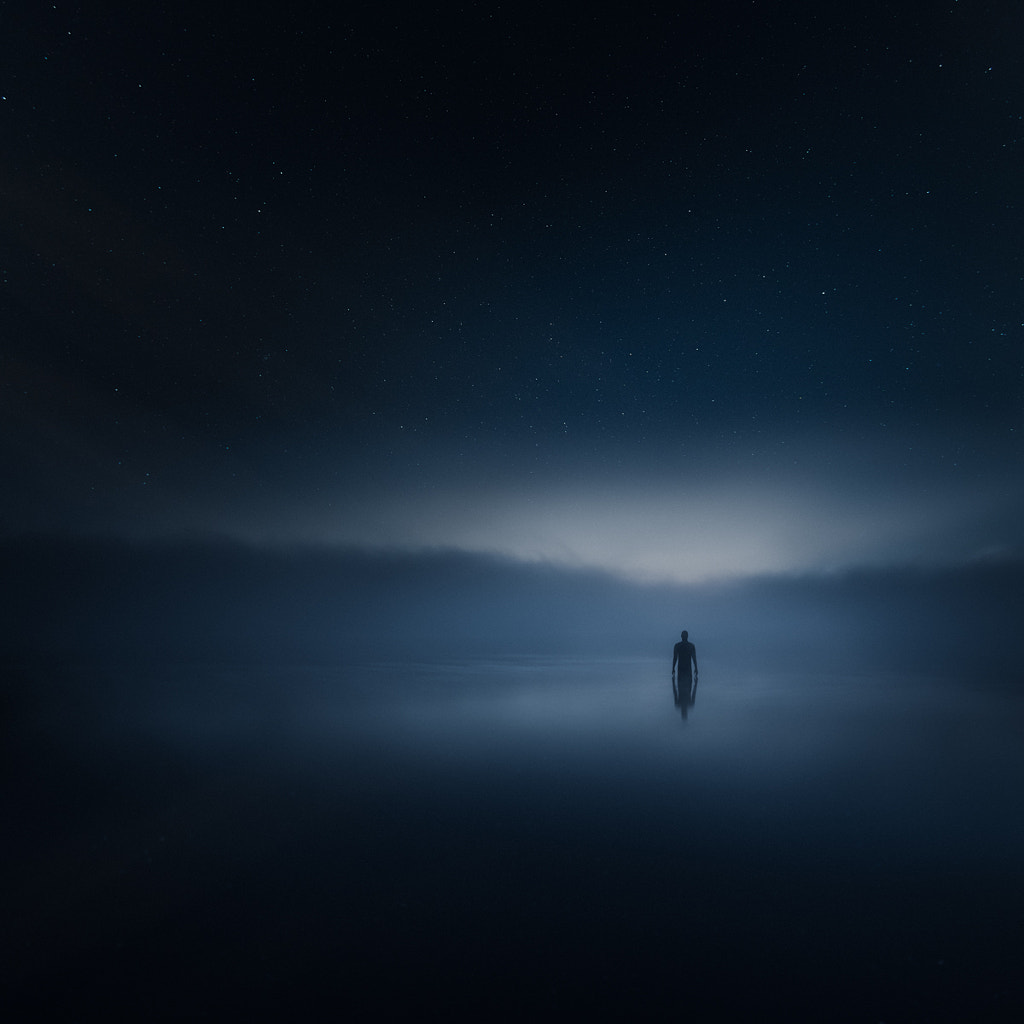
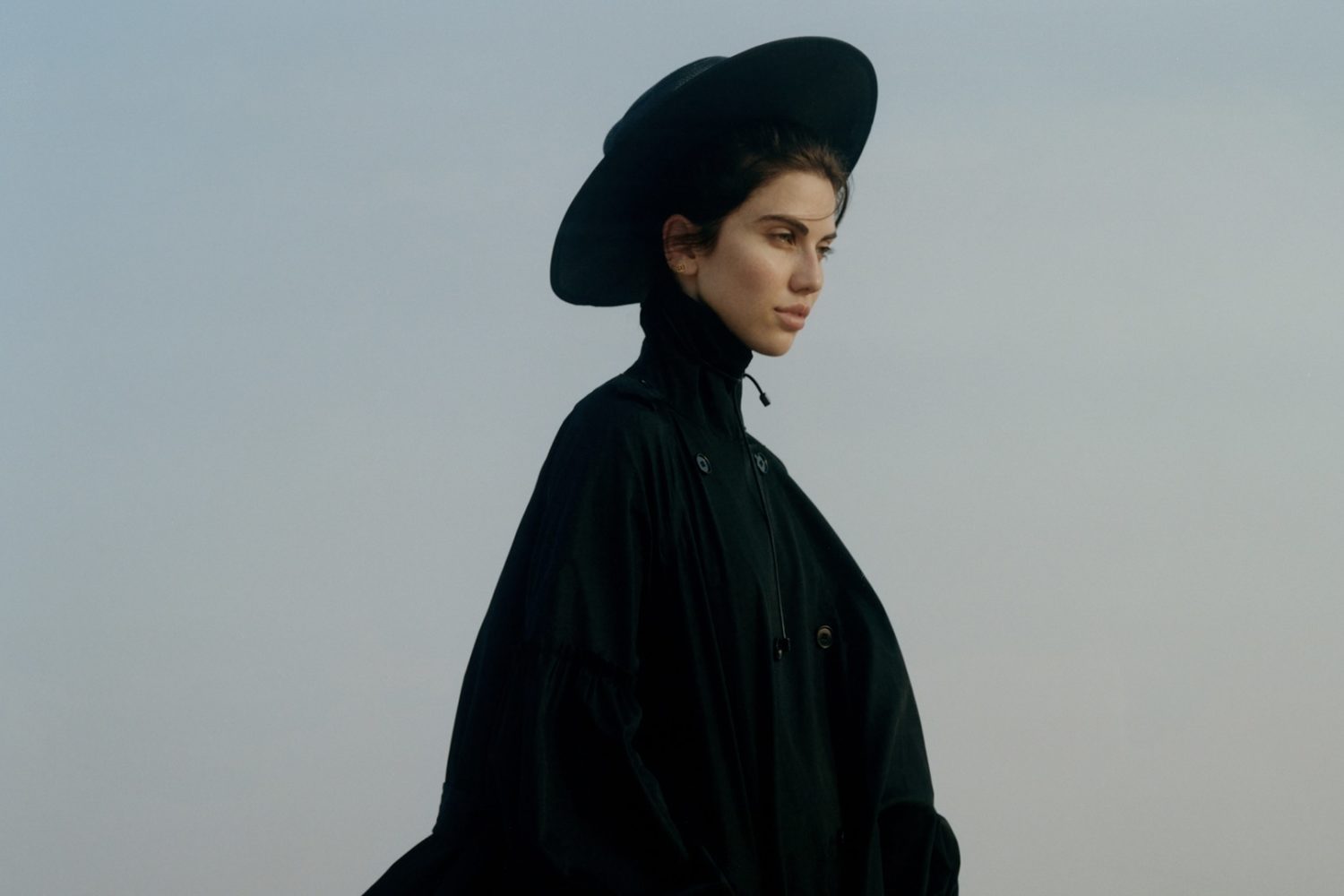
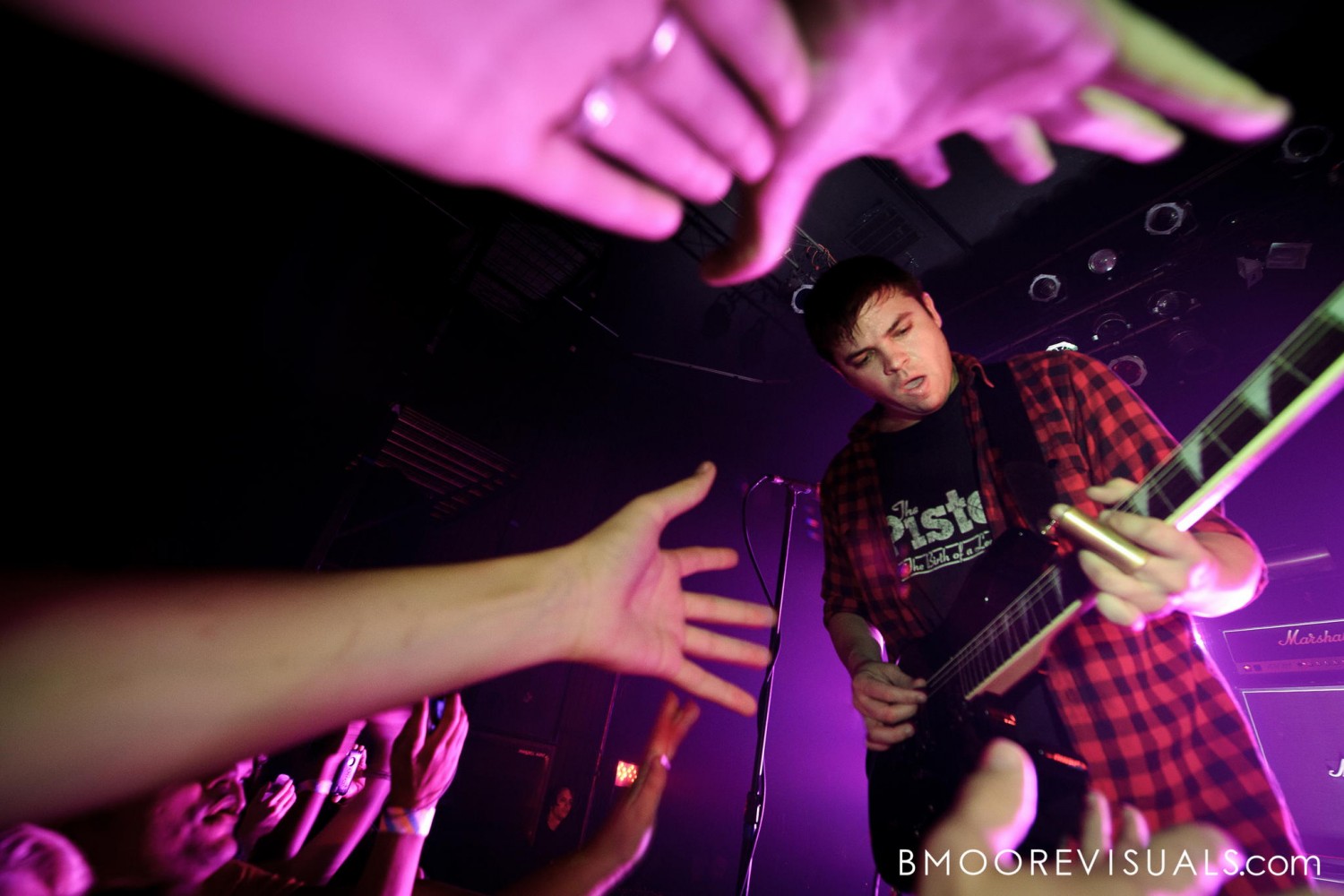
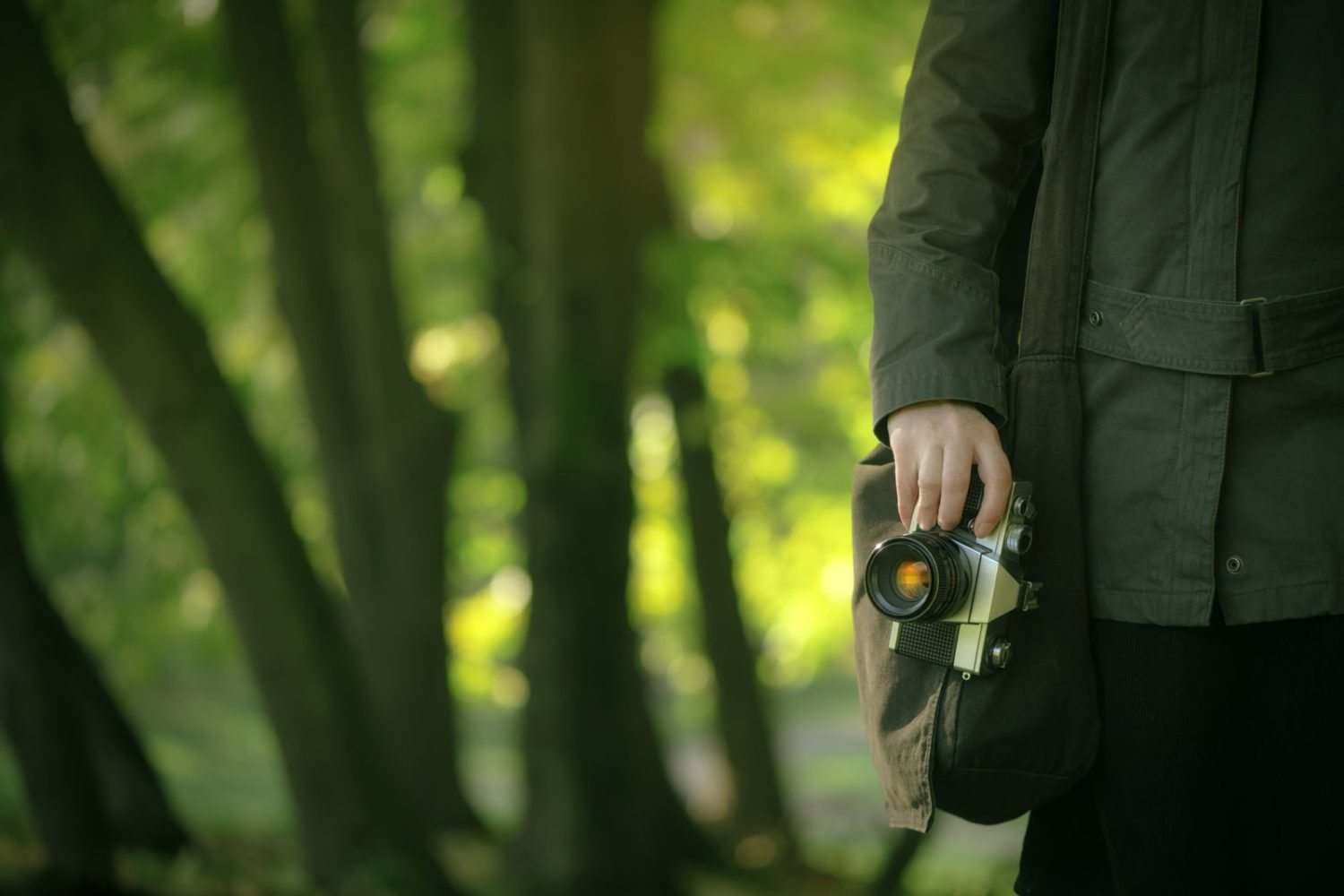

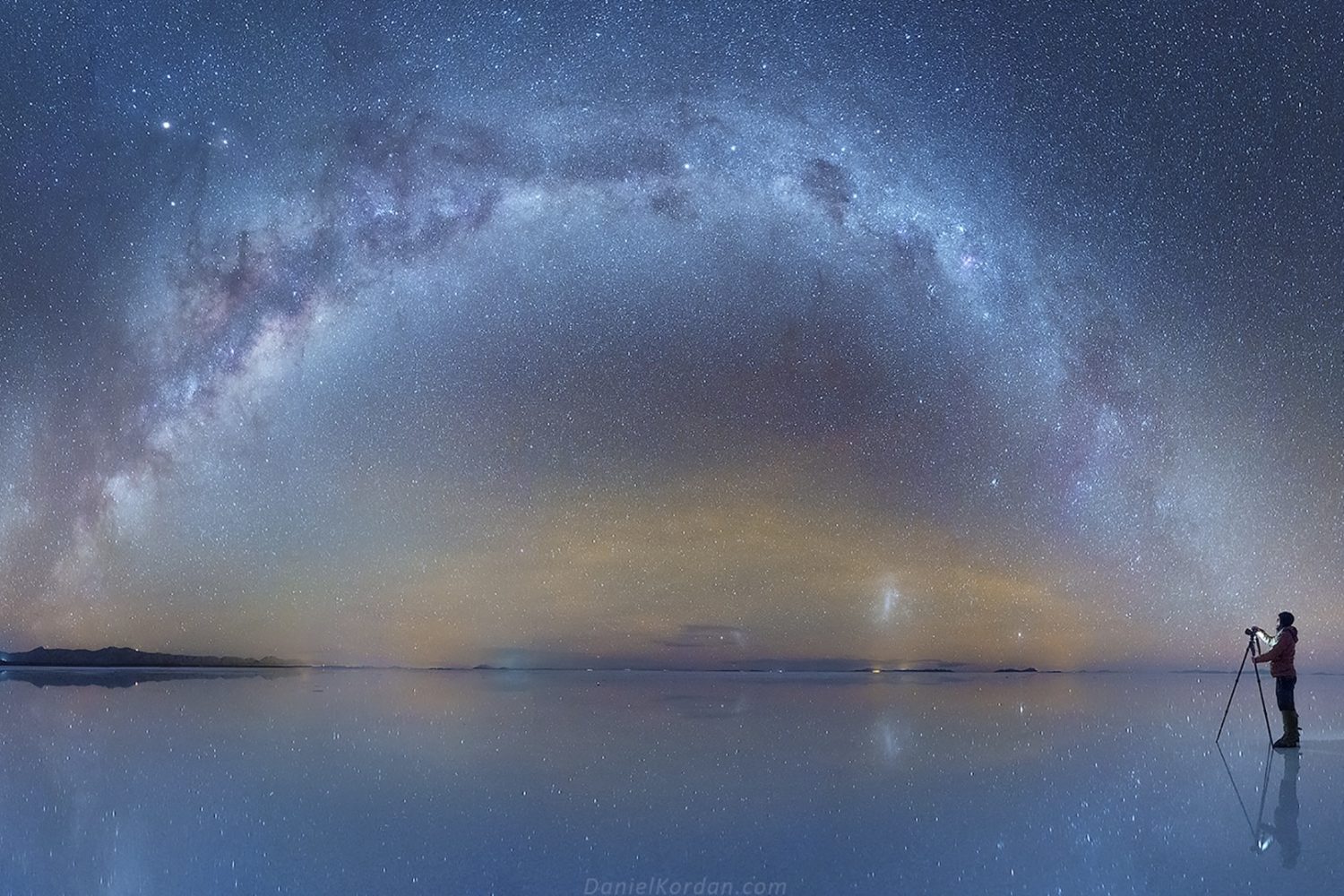
Leave a reply